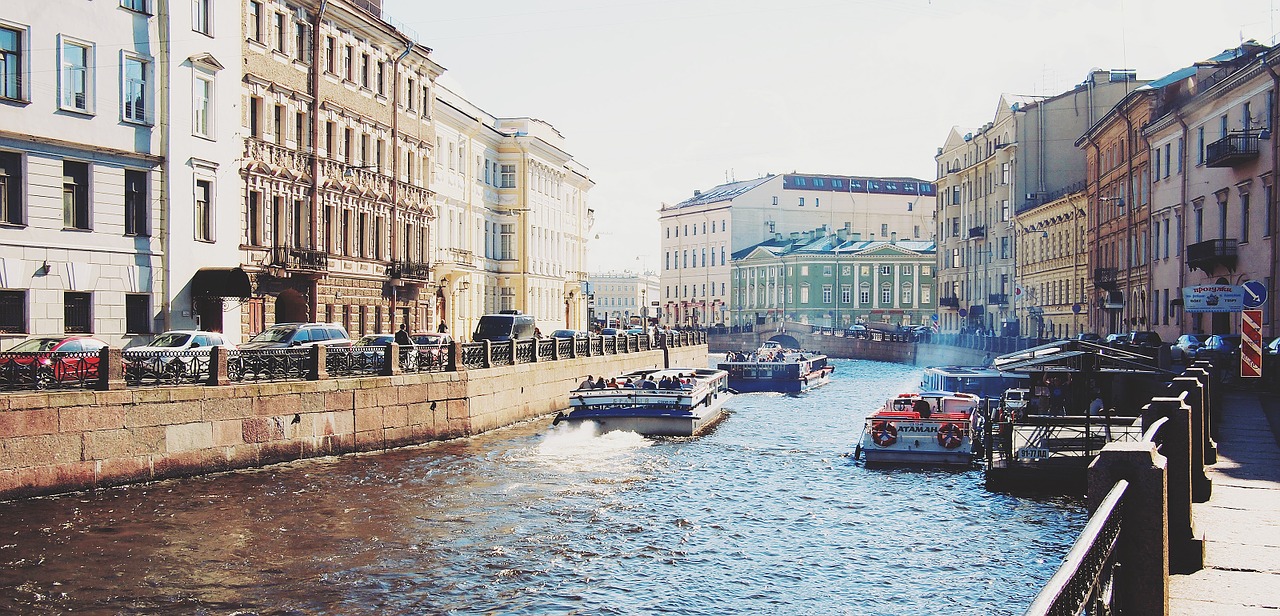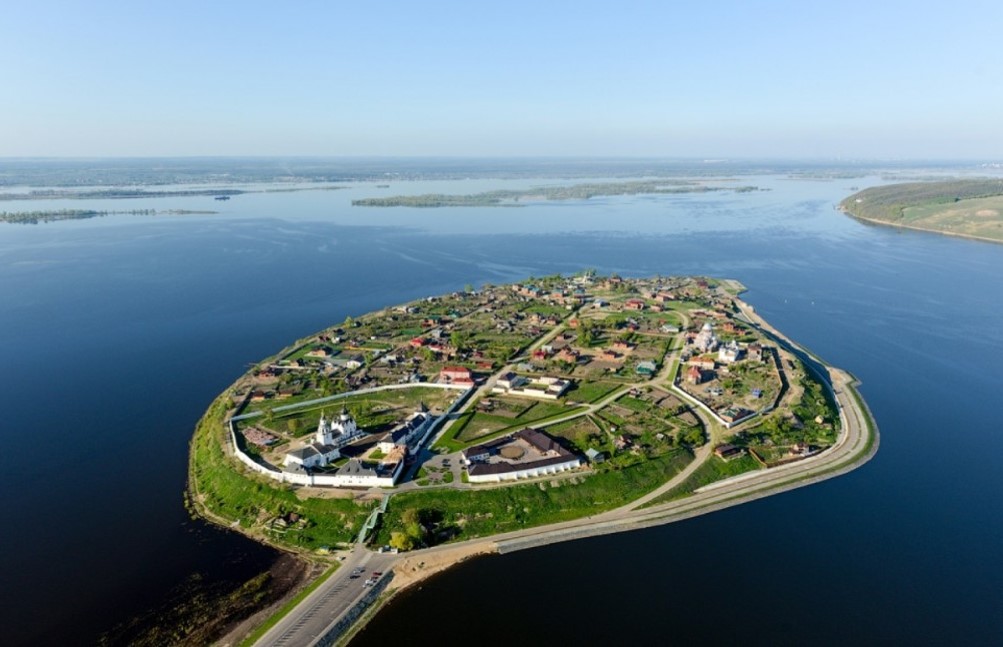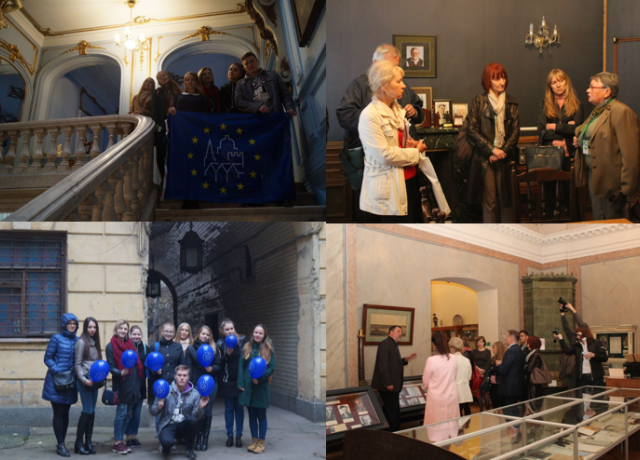The Russian Federation Expands European Heritage Days Activities Beyond Moscow in 2016
The Russian Federation Expands European Heritage Days Activities Beyond Moscow in 2016
Extending through centuries, the glorious history and distinct tradition of the Russian Federation have enriched the heritage map of Europe with numerous architectural, archaeological and cultural gems. From castles and monuments to numerous urban and natural landmarks, Russia abounds in historic places that speak about the past of different communities and cultures meeting on the crossroad of continents. Within European Heritage Days celebrations, many of such places are open to public in order to offer an insider perspective on lives and lifestyles of the past.
In 2016, the European Heritage Days in the Russian Federation have seen an important expansion compared to previous years. In addition to Moscow, which was the only active region in 2015, two other regions joined the festival to offer cultural programmes free of charge. This year’s activities also included Saint-Petersburg and the Republic of Tatarstan, which organised a set of activities to showcase their cultural richness and diversity.
.jpg)
Moscow
The marvellous history of the capital of Russia was presented during European Heritage Days through a number of open lectures by Russian and European scientists and architects, free visits to several mansions and the “Europeans in Moscow” exhibition at the Moscow History Museum. Organised in collaboration between the Museum of Moscow and the Cultural Heritage Department, “Europeans in Moscow” displayed a series of objects and artefacts that witness the history of Western European influence on the life of Muscovites. The visitors could see early European glass bottles, Dutch smoking pipes, various buckles that were fashionable in the 18th century Moscow, a 19th century German garden lamp fresh from the excavation site, as well as many other items.
.jpg)
Saint-Petersburg
The beautiful “Venice of the North” and one of Russia’s most fairy tale-like cities, Saint-Petersburg joined European Heritage Days with a programme designed to unveil the less known history of the city. Within the “Open city” project, which was launched during the festival, the visitors had an opportunity to explore different areas of Saint-Petersburg that are not normally open to the public. This way, the hidden histories of the city were brought to life to encourage more people to explore and better understand their everyday environments.

The Republic of Tatarstan
The Republic of Tatarstan was another welcoming addition to the 2016 European Heritage Days festival. With a special programme designed for children and youth, Tatarstan offered a new form of heritage education through a set of exciting activities. The programme was offered at Sviyazhsk Island museum-reserve, where students and pupils could enjoy guided walks through the beautiful nature of the island, participate in a photo-exhibition and watch folk performances.

By expanding beyond Moscow, the European Heritage Days festival coordinated by the Heritage Institute, Moscow, brought together a greater number of cultural and historic institutions across the Russian Federation to raise awareness of the importance of national heritage and shared European values. Numerous sites were open to offer inspiration for people of all ages to explore historical beauties of their Moscow, Saint-Petersburg and the Republic of Tatarstan. These three regions gave a greater visibility to the European Heritage Days programme, which is expected to grow further in the years to come.
